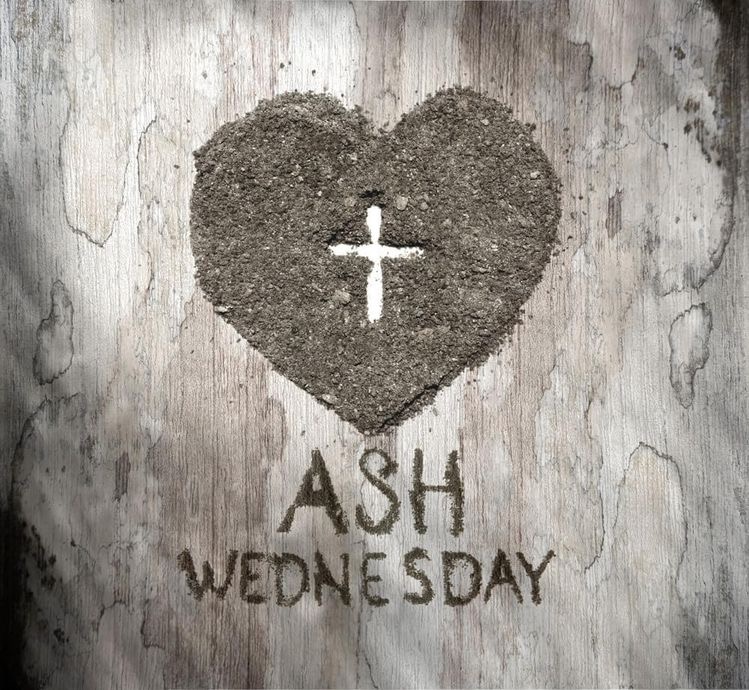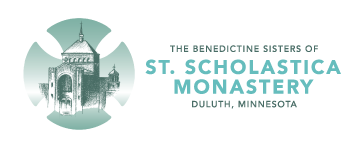Greetings and blessings as we move into the Lenten season, which once again begins on Valentine’s Day as it did in 2018. I reflected then on the significance of the “heart connections” between these two celebrations and the readings for Ash Wednesday. The prophet Joel acclaims, “Even now says the Lord, return to me with your whole heart with fasting, and weeping, and mourning; rend your hearts not your garments and return to the Lord your God” (Joel 2: 12-13a). The psalmist’s response includes the plea, “A clean heart create for me, O God, and a steadfast spirit renew within me” (Psalm 51 vs. 10). I jokingly suggested to a group of Sisters that this year we ought to be marked with ashes in the shape of a heart. And then I began to ask myself, what could wearing a heart mean? What difference would that make? And why do we mark our foreheads, when the readings of Lent urge us not to make a show of our giving of alms, to pray in secret, and to “wash your face, so that you may not appear to be fasting” (Matthew 6:1-6, 16-18)?
Checking out the meaning of heart symbols on the internet, I found a stunning array of meanings for the variety of heart emojis (those colorful icons you can add to a text or email message). In general, the heart is a stand-in for the word love, as in I NY. The texts also caution one to choose an appropriate colored heart to convey an intended message. A black heart, it is suggested, symbolizes “deep, embarrassing, romantic love” – surely not the message intended by the scriptures for Lent.
So, what does the wearing of ashes in the form of a cross symbolize? First, the sprinkling of ashes on the head, or sitting in ashes as described in the Old Testament (Job 42:6; Daniel 9:3, Jonah 3:1-10), was a sign of repentance and symbolized recognition of the need for forgiveness and reconciliation with God and with one another. The message we hear, as the cross is traced on our forehead, is “Repent and believe in the Gospel” (the Good news). Secondly, ashes represent a sign of our mortality, our frailty and vulnerability summarized in the words spoken, “Remember that you are dust and to dust you shall return.” And the cross represents the reality that the source of that forgiveness comes to us through the Gospel message of Jesus, who took the cross upon himself and suffered that we might know God’s unconditional love even until death.
This is certainly a time in our country and around the world when there is a need for forgiveness and reconciliation between family members, colleagues, peoples, and nations. It is a time to recognize our need for each other, a time to show our solidarity with one another, to support one another in our frailty and vulnerability. We are all guilty of sin either directly or by omission. We acknowledge in the sign of the cross our willingness to begin anew, to repair brokenness wherever we find it, and to build peace in our hearts and in our homes.
Andrew Davis in Give Us This Day (February 2024, p. 126) asks, “Are you the type of person who wipes off your ashes immediately…or do you leave them on your forehead the rest of the day?” While we might be tempted to “wash our faces,” as scripture advises, the wearing of the cross in solidarity with others is a powerful symbol that we recognize our own vulnerabilities.
Blessings and peace,
![]()

